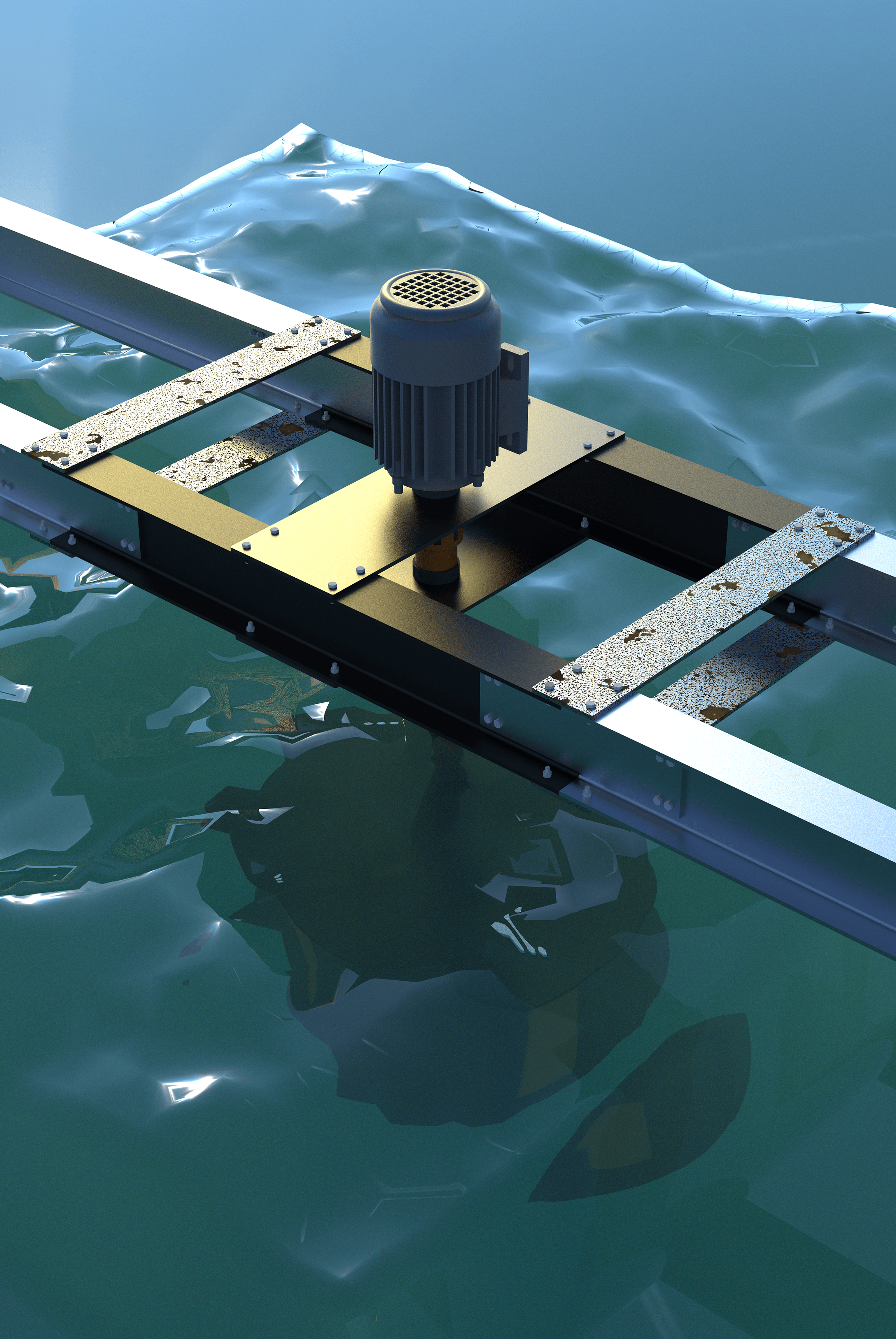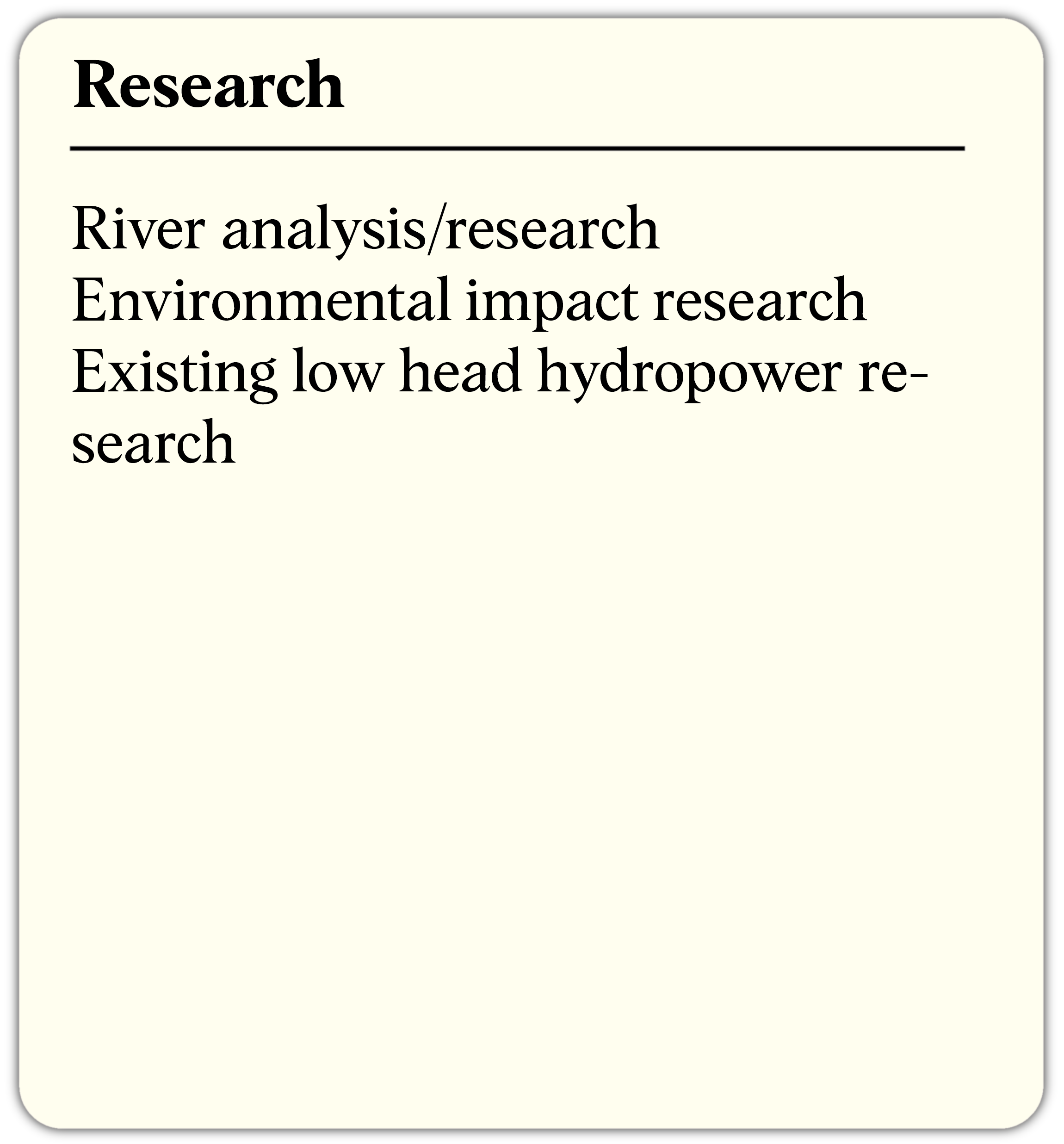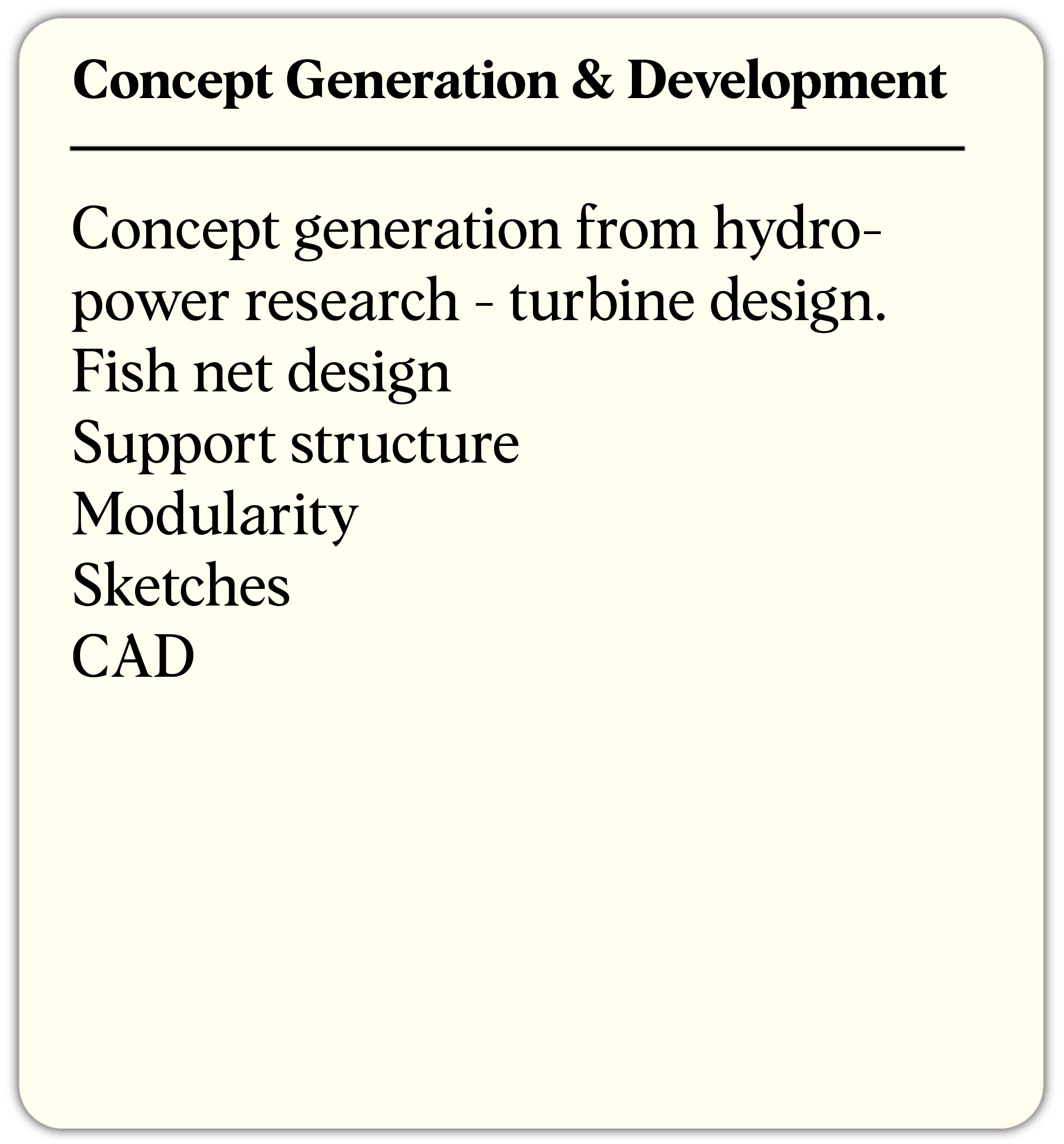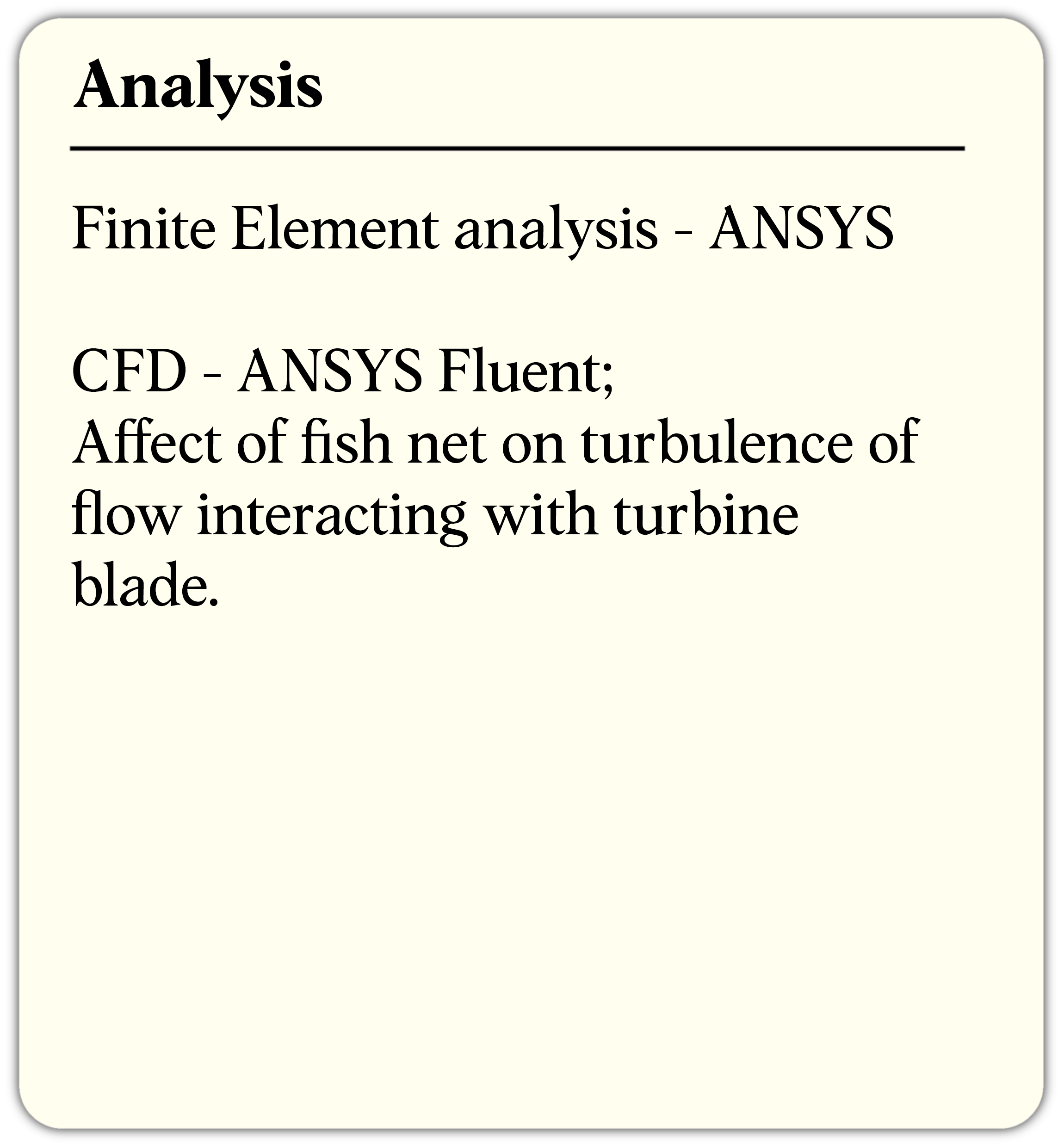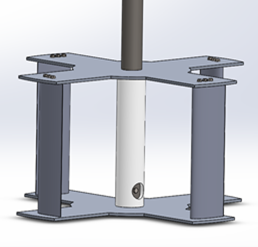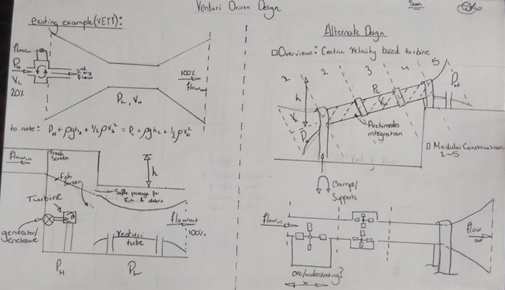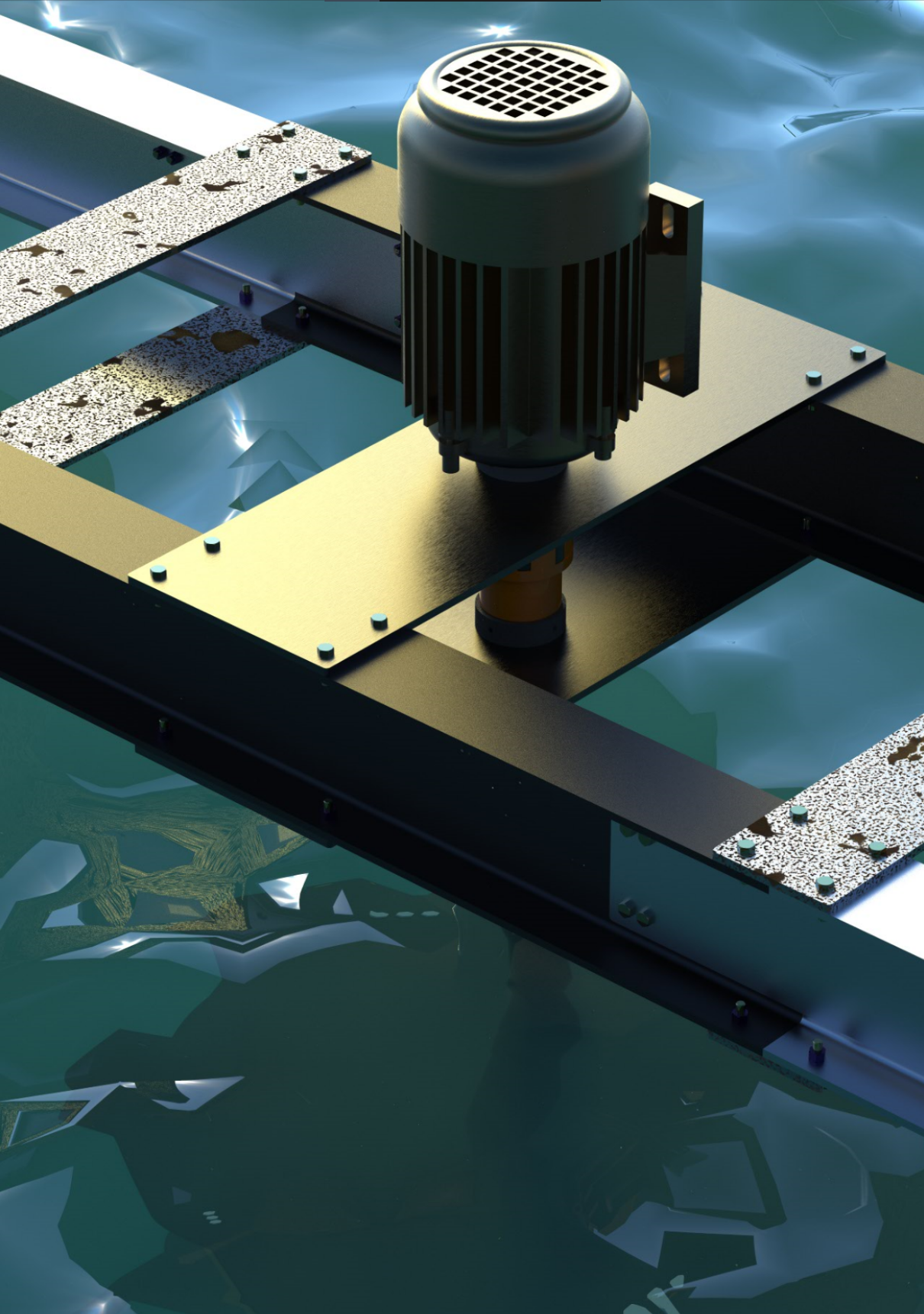
Fuel cells present one part of the solution to the current climate crisis. With varied applications, fuel cells can be used to produce electricity, hydrogen, water and store electricity. This project is a novel attempt to assess and further the implementation of hydrogen and fuel cell technology, namely Proton Exchange Membrane fuel cells, through the optimisation of flow channel geometry as the largest factor in operational efficiency and cost of the fuel cell. The focus is on nature-inspired principles for new or heuristic geometry alterations facilitating increased efficiency.
**Full paper upon request
Contributions
This was an individual project, lead by me and with minimal guidance.
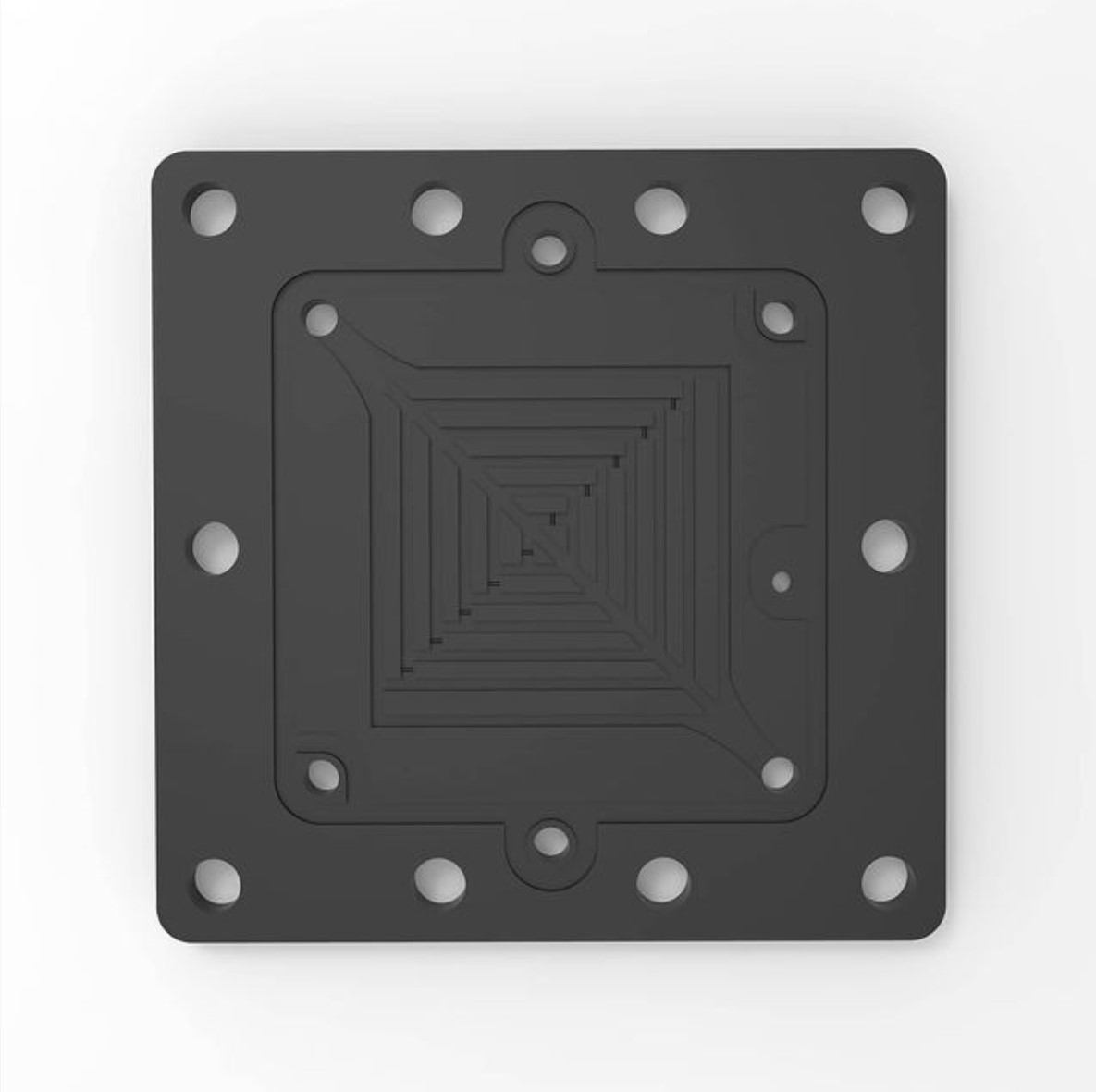
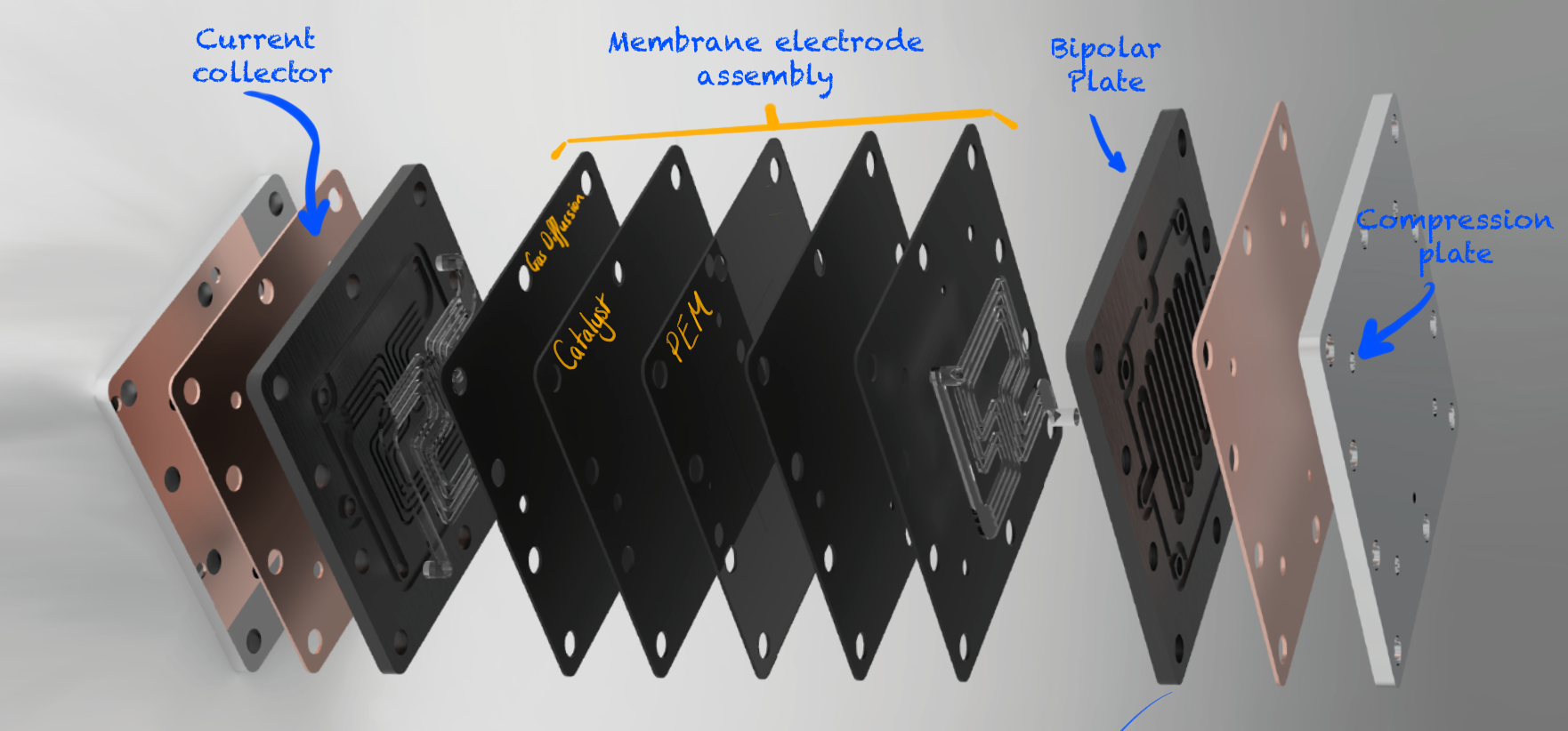
Lorem ipsum dolor sit amet, consectetur adipiscing elit. Suspendisse varius enim in eros elementum tristique. Duis cursus, mi quis viverra ornare, eros dolor interdum nulla, ut commodo diam libero vitae erat. Aenean faucibus nibh et justo cursus id rutrum lorem imperdiet. Nunc ut sem vitae risus tristique posuere.
Past, present, and future energy sector context are provided along with a critical review of current optimisations standard and nature inspired flow geometry alterations and redesigns. As well as a review of potentially applicable structures and processes present in nature. This has been conceptualised in sketches and CAD geometry to assess theoretical FEA, CFD and electrical performance of the ‘Chosen Novel Design’. Using ANSYS Static Structural and Fluent with the aid of the PEMFC simulation module, as well as physical testing for validation.
**Full paper upon request.
The basis of developing more effective and efficient flow channel geometry was the ‘Biomimicry Design Spiral’, [1] a design practice drawing solutions from existing natural structures and processes. Compounding this with existing successful designs for more of a hybrid approach.
The methodology was iterative and split into 6 stages including:
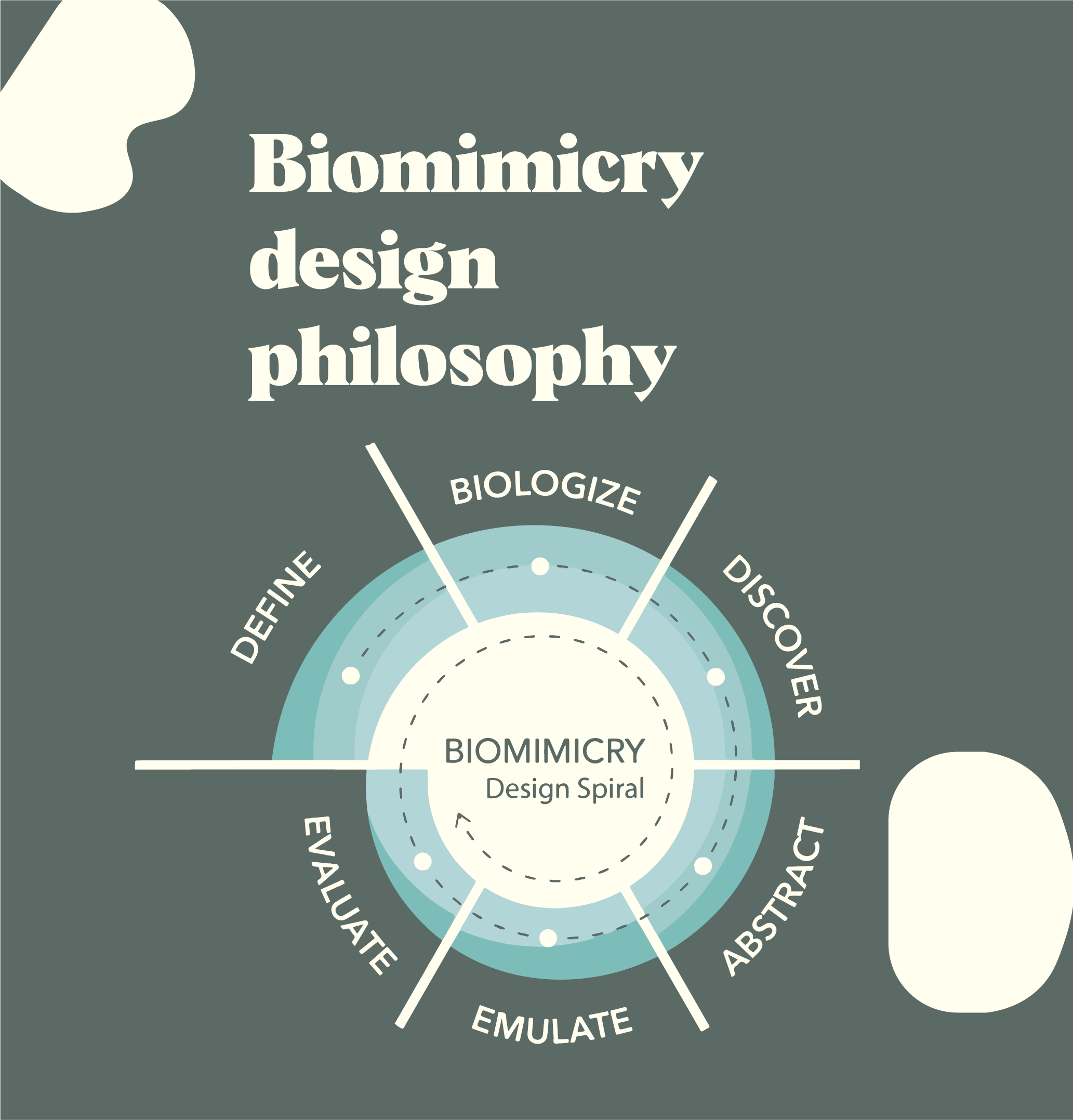
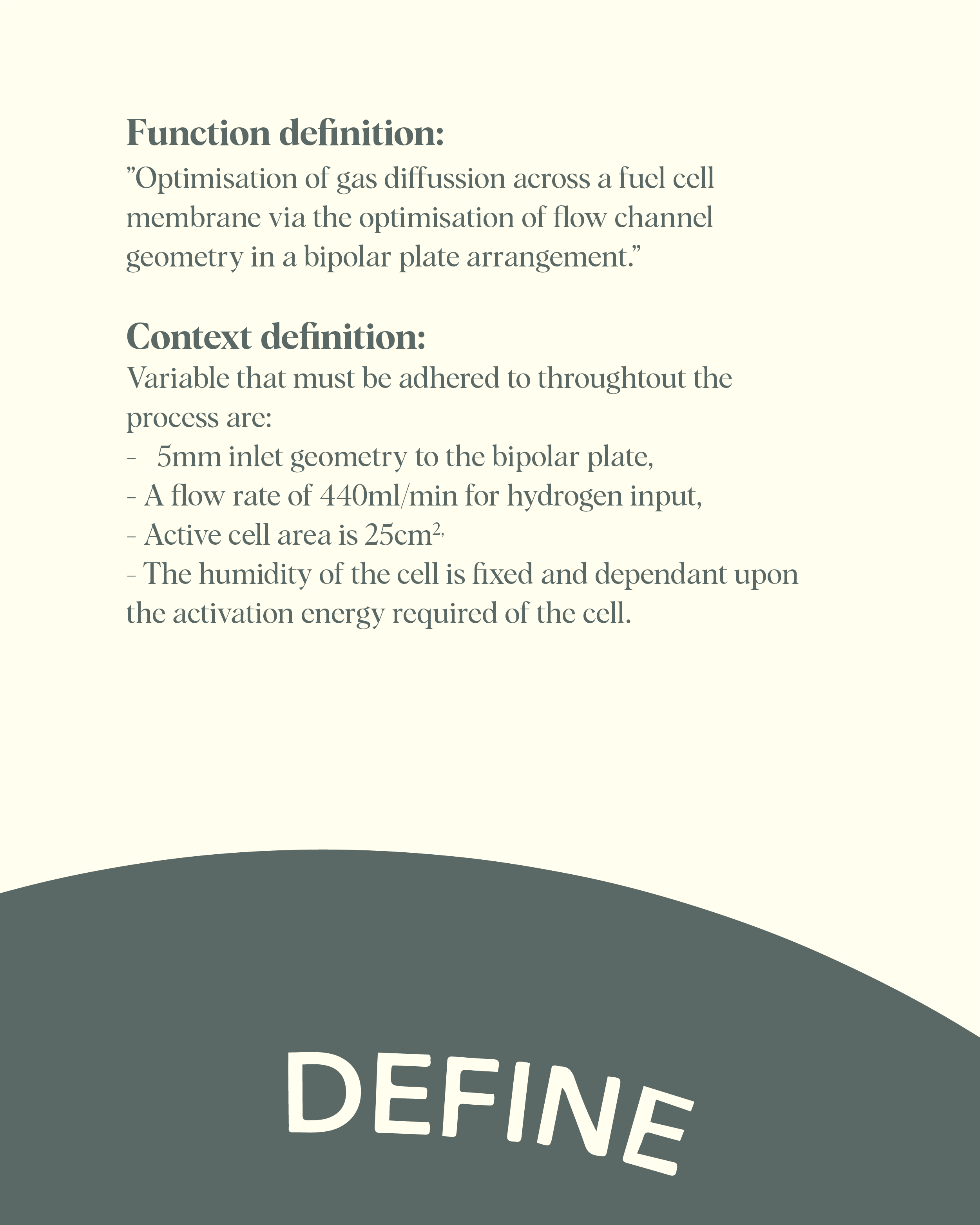
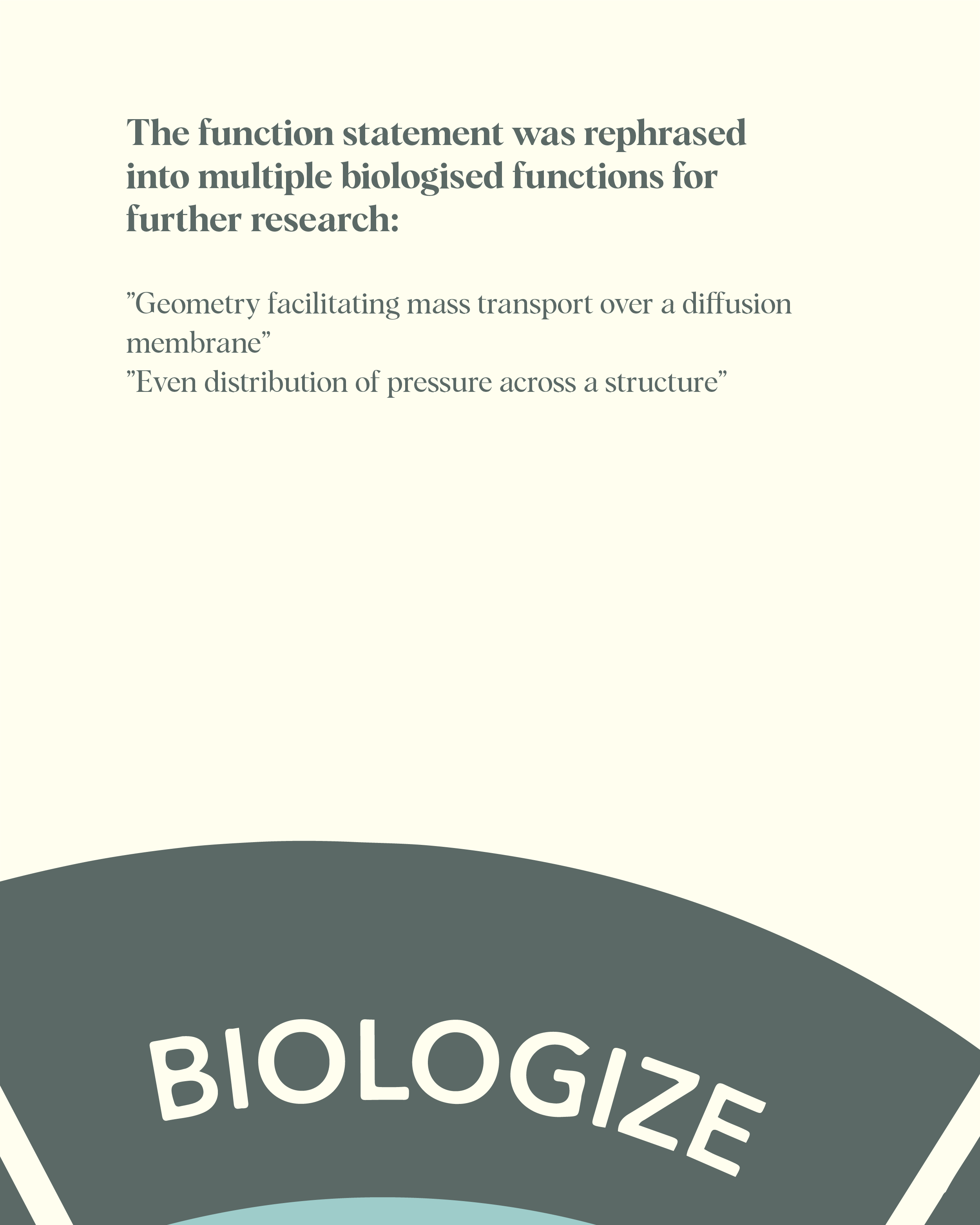
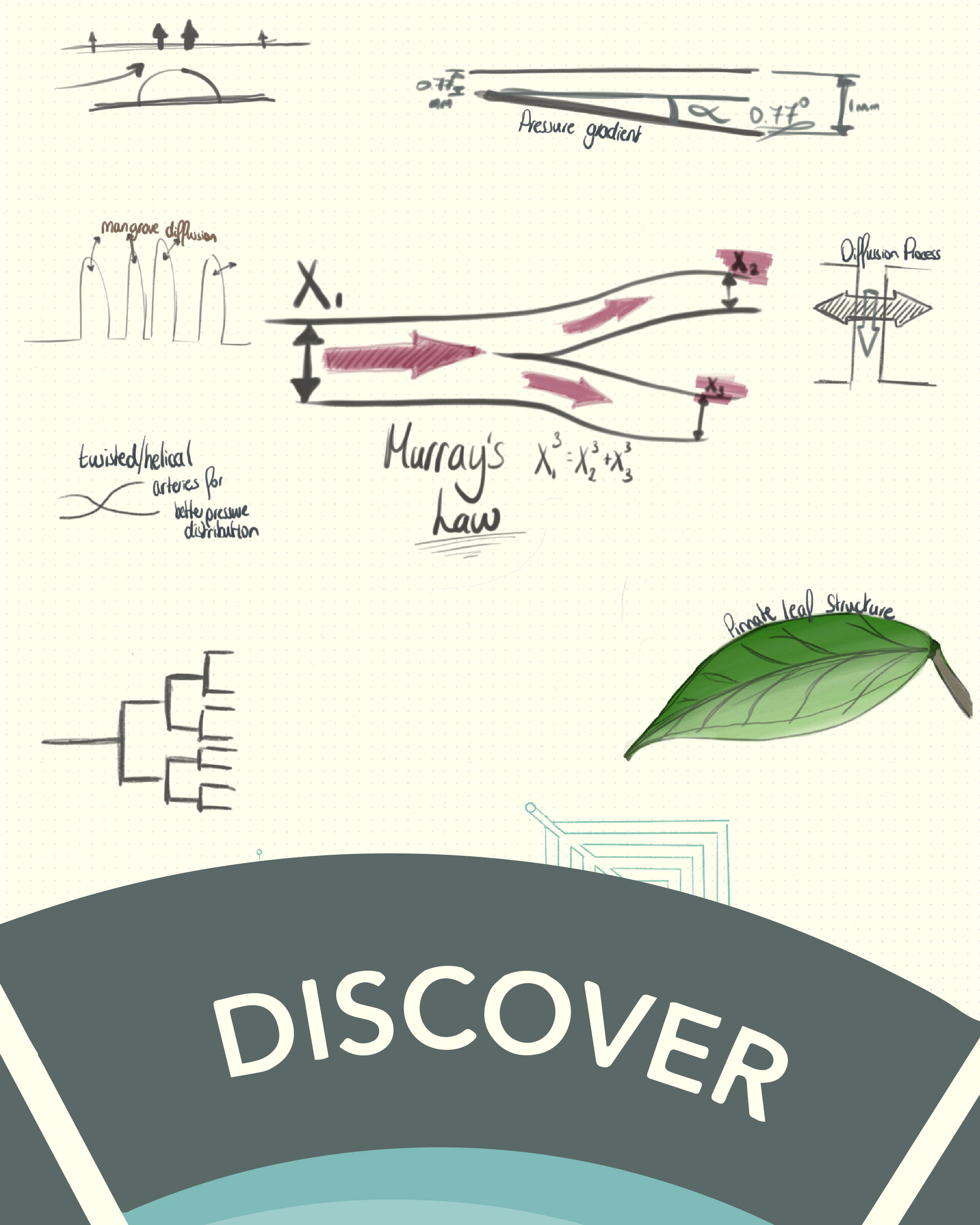
Define:
Defining a function statement in line with projects aims and objectives, as well as specifying context as the scope of the project.
Biologize:
Turning the function statement into a set of biologically focused statements to better investigate the problem.
Discover:
Using the Biologized statements to investigate existing structures and processes in nature that answer said questions
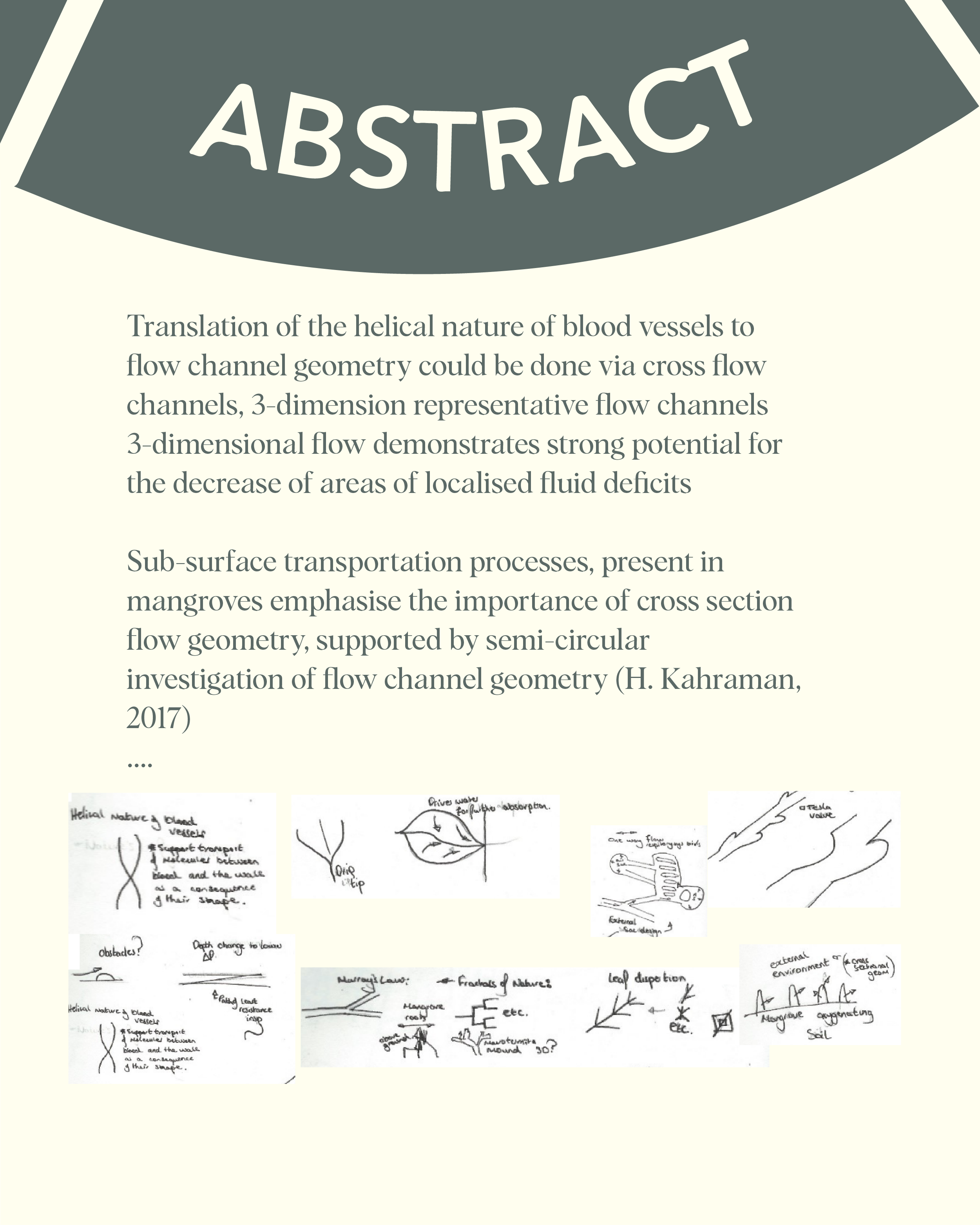
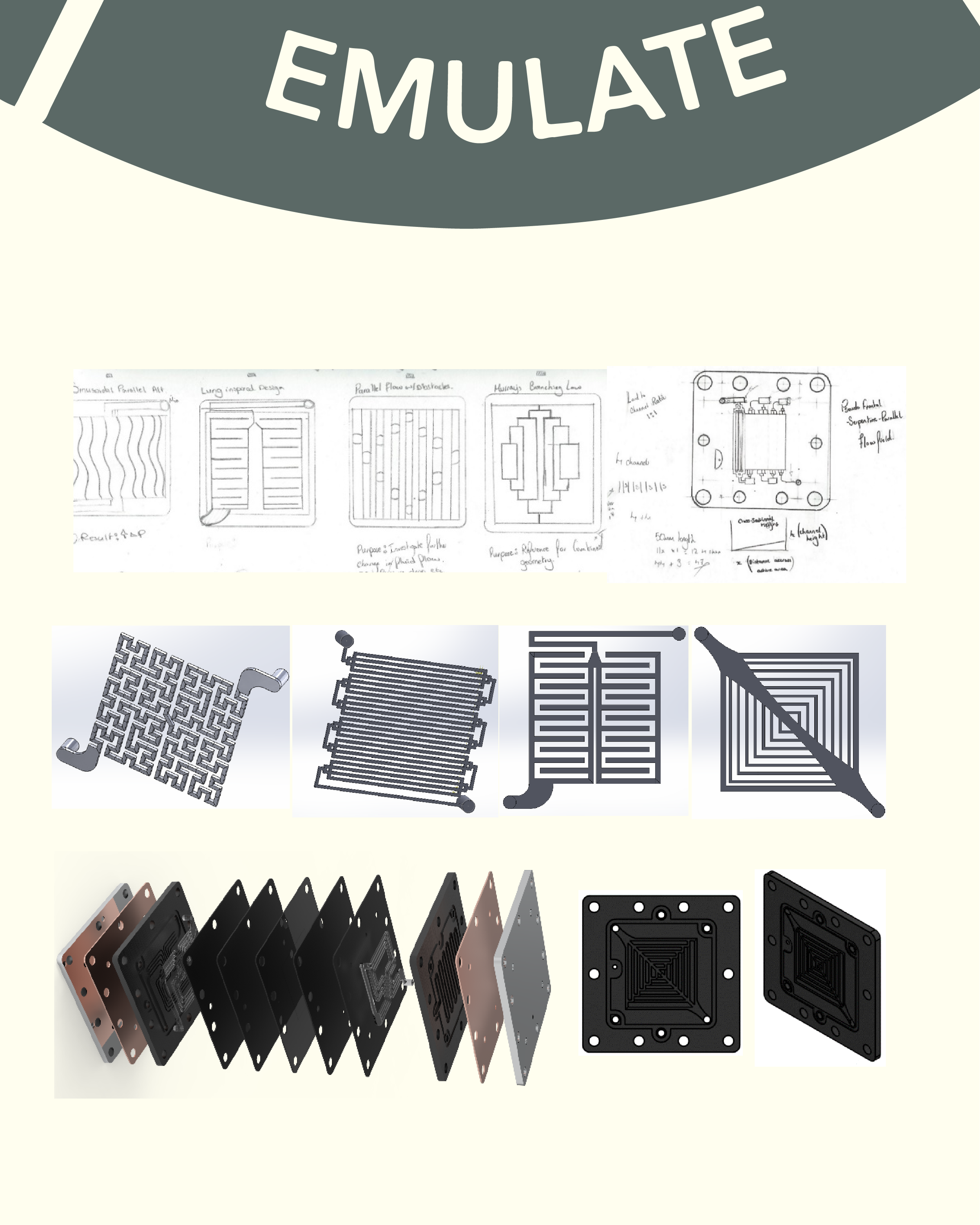
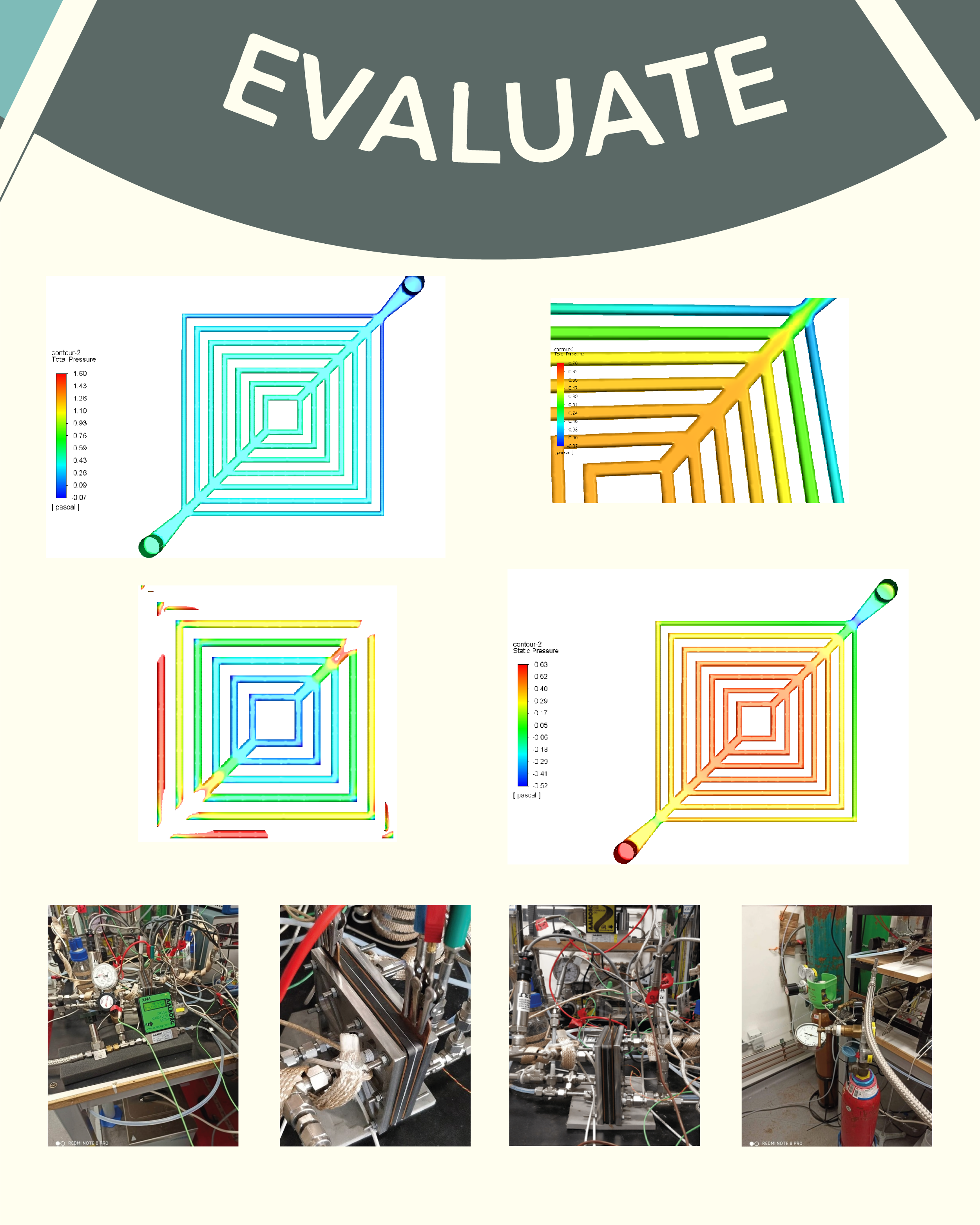
Abstraction:
Abstracting the essential nature in mathematics or theory in order to apply to the flow channel geometry
Emulation:
Taking the theory and translating it to a workable flow channel configuration.
Evaluation:
CFD, FEA and PEMFC simulation (using ANSYS FLUENT) to assess the theoretical performance of the arrangement. Along with physical testing to validate simulation and further investigate the design performance.
Effective application of Biomimicry design process, establishing the integration of biometric and standard design principles of flow channel optimisation. However, was found to be a considerably time-consuming process. FEA simulation results suggest that the stresses subjected to the Bipolar plate can be considered insignificant and should not produce any faults or failures in the design. CFD simulation results reveal that the final design excels in pressure performance when compared to the standard serpentine channel arrangement. Total pressure drop is limited to 1.67Pa in comparison to the 25.7 and 84.73 Pa drop of the triple [2] and single serpentine designs respectively.Tasks not completed due to extenuating circumstances include the creation of a polarization curve through electrical stimulation and physical testing due to lack of access to testing facilities and manufacturers for the bipolar plate arrangement.
The final developed design consisted of these key features:
• Implementation of Murray’s Law
• Graduated depth from in to outlet
• Pinnate leaf structure
• Angled in/outlets
Many rural locations have a less reliable electricity supply than urban areas.
One solution for such locations is to use small-scale distributed generation either to support a grid-connected supply, or to allow for fully off-grid operation. If the dwelling or community is located by a stream or river a low-head hydro scheme may be a more reliable or practical than wind or PV. Large scale hydro turbines are well understood, but scaling down has a number of problems, including the variability of the proposed sites. A scalable or modular design may cut manufacturing costs and therefore lower the capital expenditure, improving the economic viability of this source of power.
This was a group project.
My main responsibilities were:
